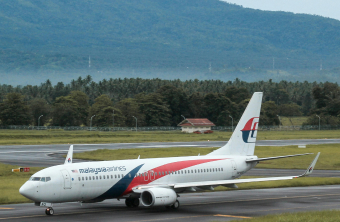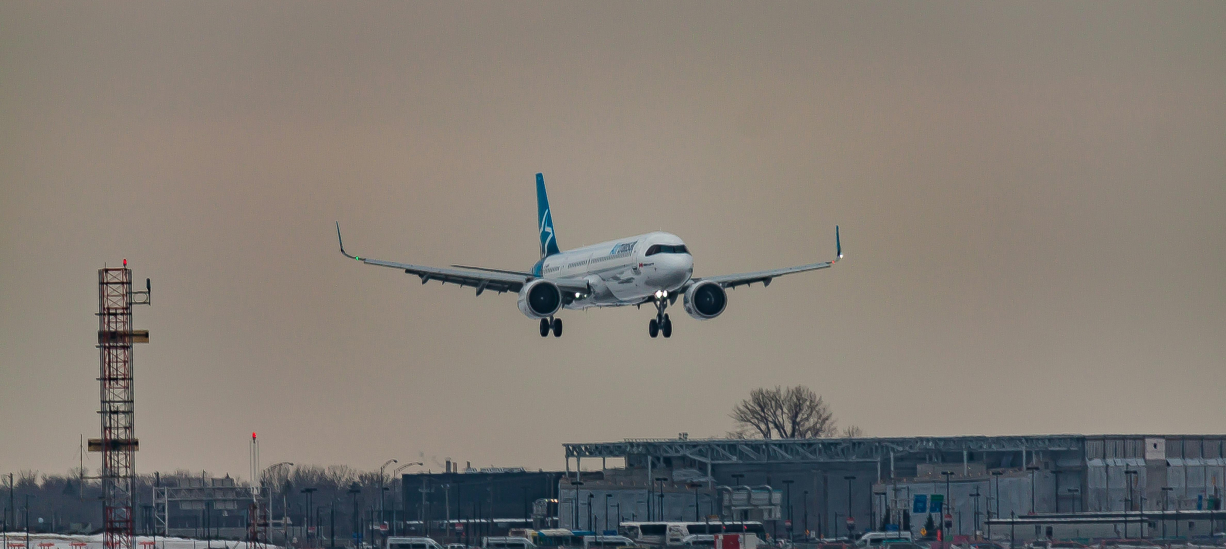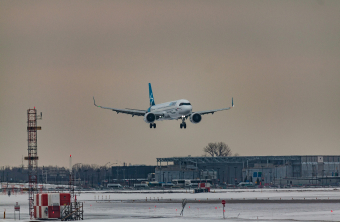

A decade has passed since the disappearance of Malaysia Airlines Flight MH370, an event that has since become one of the most perplexing mysteries in aviation history. On March 8, 2014, a Boeing 777 carrying 239 souls vanished without a trace, leaving behind grieving families and a world grappling with unanswered questions. As we mark ten years since this tragic event, the quest for answers persists, with Malaysia’s government considering a renewed search effort. Amidst this backdrop, aviation security expert Philip Baum shares with The Independent his analysis of the five most plausible theories surrounding the fate of MH370.
Theories at a Glance
The theory that Captain Zaharie Shah may have orchestrated the disappearance has been widely discussed. Proponents suggest that he could have locked out the co-pilot, depressurized the aircraft, and deliberately flown to a remote location. However, the official report found no evidence of personal turmoil or behaviour suggesting such an act, casting doubt on this theory.
Another scenario posits that one of the pilots intended to land the plane in a survivable manner but failed, possibly due to hypoxia. Yet, without a clear motive and given the pilots’ professional backgrounds, this theory remains speculative.
Considering the number of individuals on board, this theory explores the possibility of a hijacking from within the plane. While standard security measures were in place, the tragic precedent of 9/11 reminds us that passing through security does not eliminate the threat entirely. However, specific evidence pointing to this scenario is lacking.
The notion that MH370 could have been hijacked remotely taps into fears of sophisticated cyberterrorism. Boeing’s patent for an “uninterruptible” autopilot system fuels such speculation, but the company confirmed that this technology was not implemented in commercial aircraft, including MH370.


Baum considers the possibility of a stowaway with access to a concealed area near the cockpit as the second most likely scenario after pilot suicide. This individual could have tampered with the aircraft’s systems undetected. While intriguing, the feasibility and motive behind such an act remain highly speculative.
Each theory presents its own set of challenges and unanswered questions, making the disappearance of MH370 an ongoing source of intrigue and speculation. The Malaysian government’s willingness to consider a renewed search underscores the global commitment to uncovering the truth. Yet, without concrete evidence, the aviation community and the families of those lost remain in a state of limbo, clinging to the hope that one day the mystery will be solved.
The profound impact of MH370’s disappearance extends beyond the immediate tragedy, prompting a re-evaluation of aviation security measures and the protocols for tracking aircraft. As technology advances, the hope is that such an enigma will never again occur. Yet, until the aircraft is found and conclusive evidence is brought to light, the theories surrounding the fate of MH370 will continue to captivate and haunt the collective memory of the aviation world.
In remembering MH370, we are reminded of the fragility of life and the enduring strength of those who seek answers in the face of the unknown. The quest for closure and understanding goes on, a testament to the human spirit’s refusal to let the memory of those aboard fade into the abyss.